While the Yakuza/Like a Dragon series has been ongoing since 2005, it never caught on with the West until Yakuza 0 released in 2015. Since then, Ryu Ga Gotoku Studios has enjoyed monumental success and seen every mainline game either remade or ported to modern platforms, giving fans an easy way to play Kiryu’s entire journey.
However, his short-lived stand-in as one of Japan’s more influential samurai from the Edo period has remained locked away. Like a Dragon: Ishin finally rectifies that, and not only does it more than live up to the hype, but it provides hardcore fans with an important look at how RGG was able to bring Yakuza 0 to life.
Brotherly love
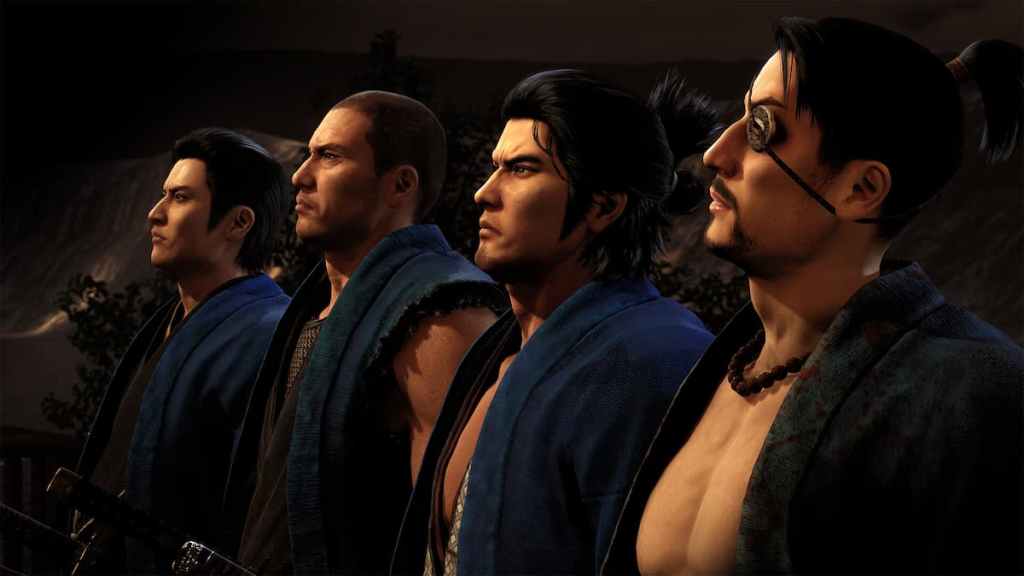
If you’ve been paying attention to Like a Dragon: Ishin at all, you’ll know that its main gimmick is that Kiryu and friends are essentially cosplaying as real-life samurai warriors from Japan’s past. I want to give you a key PSA before we proceed, though. If you get anything from this review, the most important thing to do is to do a quick read-up on the Shinsengumi and Sakamoto Ryoma; even doing a quick Wikipedia browse will only improve your enjoyment of the story. The way RGG twists the real-life event doesn’t always hit, but it’s a stupendous effort that made me very happy I’d done some prep work before booting it up.
That aside, Ishin puts you in the shoes of Ryoma, who is represented by Kiryu; every other central character in the game is also represented by someone from the main series. Whether Yoshitaka Mine stepping away from his antagonist role in Yakuza 3 to play the mostly good Hiijikata Toshizo or Yakuza: Like a Dragon’s Koichi Adachi filling in as Shinsengumi leader Kondo Ismai, the gang is pretty much all here.
What’s interesting about this is that some characters match up nearly one-to-one. Akira Nishikiyami might not be your brother from the orphanage, but his Okada Izo character is pretty close. I also have to be honest — if I didn’t already know Haruka from the old games, having her pop up as a teenage orphan girl that Ryoma essentially buys to be his maid and call him “Uncle Ryoma” would be sending mega creep vibes. Outside of the weird vibes that substory sends out, RGG uses your fore-knowledge to improve the twists in a few ways by making you think a certain character is playing against type only to pull back the curtain in a way that only Yakuza can and use your previous knowledge of the characters against you.
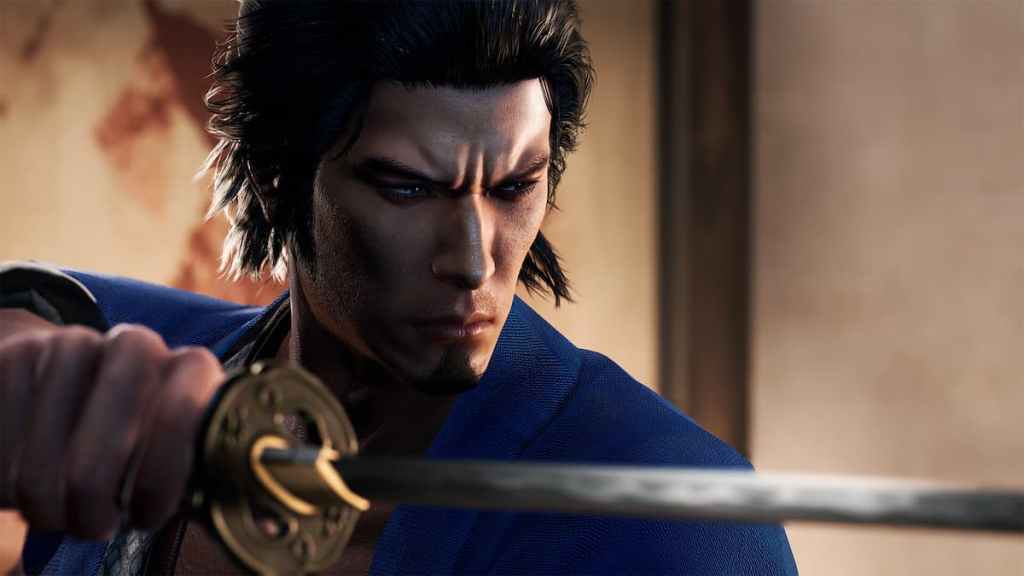
Importantly, knowing all these characters isn’t a must. In some ways, it might be a bonus because you won’t constantly be getting confused by people calling Taiga Saejima Nagakura Shinpachi as I did. It’s a bit reminiscent of Yakuza 0 in that knowing the characters going in will clue you into certain things, but a lack of knowledge doesn’t keep you out of anything important. RGG has also updated the cast slightly since its original release, dropping characters from less-played games and replacing them with newer counterparts. Sure, all of us Baba-san fans are pissed that he’s been replaced by Tianyou Zhao, but also, we Yakuza 3 lovers are an exceedingly rare breed.
Like every Yakuza/Like a Dragon story, this one has plenty of dramatic twists and turns built in. The long-lost sister you thought died ten years ago? She’s alive. That dog you saved in Chapter 1? He’s going to take a bullet for you in the penultimate chapter. These aren’t actual spoilers from the game, but it gives you an idea of the melodrama you can expect if this is your first game in the franchise.
For the most part, these twists work, especially if you know some of the real-life stories going in. That said, I do have a bone to pick with the ending of the game. I won’t spoil it here, but let’s just say that if you want your final villain to be compelling, I’m firmly in the camp that they should actually be seen in the game before the last cutscene. It doesn’t entirely fall flat, but after all the wild antics I’d gotten up to in getting there, that final scene was a bit of a letdown, personally. Thankfully, everything else is just so great that you can mostly let it dance past you.
Dancing past your enemies
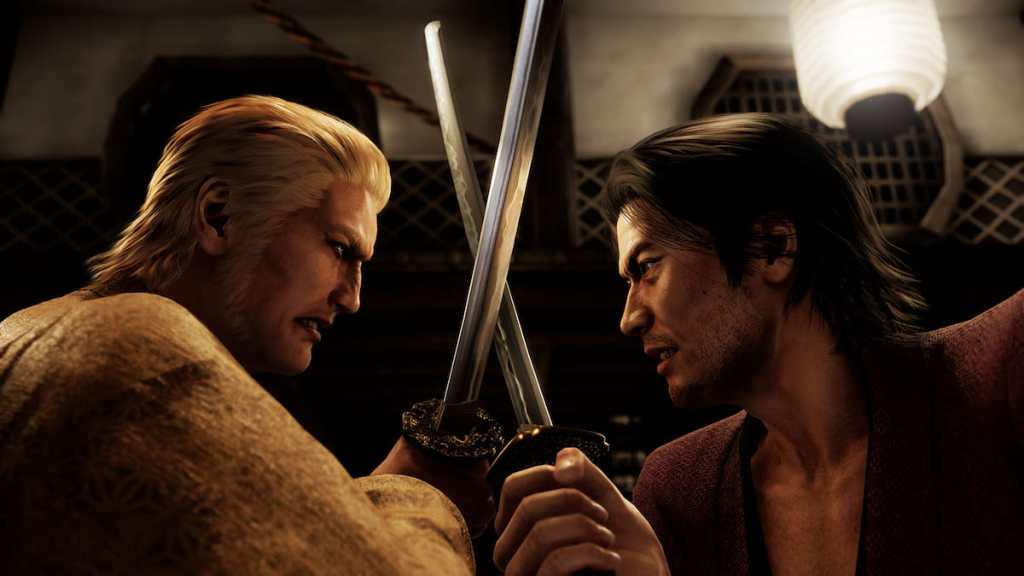
The last mainline Like a Dragon game fans will have played is Yakuza: Like a Dragon. That entry is important for several reasons, the most notable being that it dropped the action-adventure gameplay in favor of a new RPG system. While the spin-off game Lost Judgment brought the team back to its street-brawling roots, Like a Dragon: Ishin is even more like a return to form in some ways.
Ishin was originally released just before Yakuza 0, which is the game many fans in the west think about when they’re remembering how great Yakuza’s combat can be. Even though Ryoma is most often seen with a sword or gun in hand, his various combat styles actually share a bit more DNA with 0 than you might first expect.
Going back to play a bit of 0 after wrapping up Ishin’s story, though, I was immediately surprised by how similar several of Goro Majimi’s fighting styles are to what Ryoma gets up to in Ishin. Sure, you might think a breakdancer doesn’t have much in common with someone wielding both a gun and sword at the same time, but somehow Ishin turns those two weapons into a dance on the battlefield that feels as elegant as it is deadly. If that’s not your style, just switch over to Ryoma’s Gunslinger stance and start blasting.
Regardless of the approach you take to combat, each of the four styles is viable. I almost never switched out of Wild Dancer because the evasion it gives you is unmatched, but I played around with every style in the post-game, and they all leave your foes bruised and bloodied, though rarely ever dead. This is a Yakuza game, after all. Alongside these styles is a new addition to the remake: Trooper Cards.
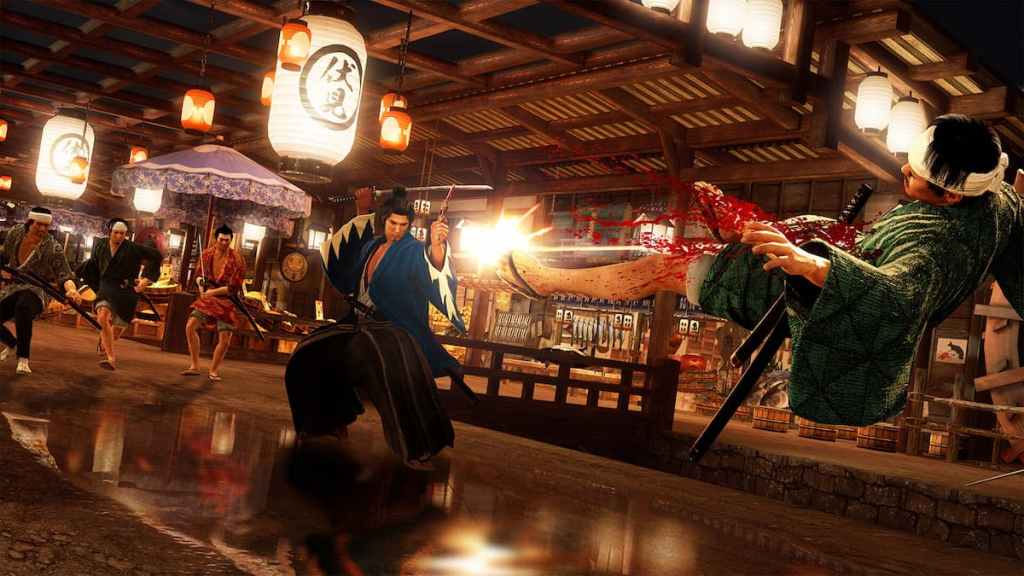
Longtime fans will know that Trooper Cards were available in the original version, but you could not use them in normal combat. For some, these near-superpowers are going to feel a little too overpowered, but it is a nice addition for players just looking to breeze through the incredible samurai tale. Plus, even the most hardcore of fans might need a little boost when it comes to a few of the boss battles.
After the first few hours, I was worried that the boss fights were going to be a letdown. Since the game reuses so many old characters from the Yakuza series in new roles, some initial battles felt like rehashes. The best example of this is your first fight against Okita Soji. His counterpart, Goro Majima, also uses a blade in most fights in the main series, so I was initially getting a sense of deja vu.
Thankfully, Ishin quickly introduced elemental powers that wouldn’t feel out-of-place in Dragon Ball Z. I won’t spoil exactly what happens because the first time a boss used them was a genuine “holy crap” moment, but just know that RGG quickly ups the ante in a way that is both ridiculous and refreshing. The developers also use all of the weapons well to test your mettle against several different types of challenges. Taking out a horde of sword-wielding samurai is no big deal, but what a fat man with two guns or a pair of 10-foot-tall warriors using giant maces? There’s all that and more waiting for you.
Bridging the gap between generations
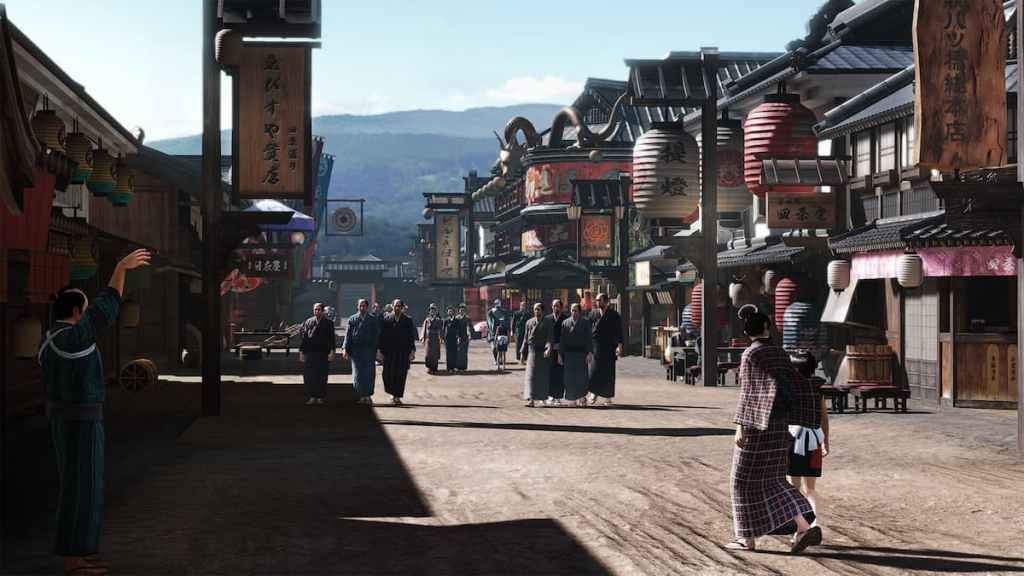
I’ve alluded to this a few times, but I think it’s key to finish up by talking about where this game came in RGG’s lineage. The original Ishin was the first game the team worked on for the PlayStation 4, laying the groundwork for Yakuza 0. While this remake certainly has an extra coat of beautifully rendered paint on top of it, you can definitely feel that age creeping in at places.
I’ve spoken a bit about how the combat feels like a weird version of the primordial ooze that became Yakuza 0 — and even saying that, I have to mention that you can also feel a bit of the Yakuza 5 DNA here — but it goes further. In the years since the original Ishin released, RGG has really improved the variety and depth of the substories and mini-games. The Ishin remake certainly has some robust systems, most notably the farming mini-game, weapon crafting system, and Trooper battles mini-game. That said, even much of that feels a bit dated compared to similar mini-games and systems in Yakuza Kiwami 2, Yakuza 6, and Yakuza: Like a Dragon.
These mini-games aren’t fun; they just come across as a bit more simplistic than some fans might be looking for if they’re just coming off of something like Yakuza: Like a Dragon or Lost Judgment. Even the substories fans of the series love feel a bit dumbed down compared to the modern offering. Again, that doesn’t make them bad; it’s just a time capsule of what RGG was doing then. If you return to Yakuza 5 or Yakuza 0, you’ll notice many of the same things. Yakuza: Like a Dragon has raised the bar, and Ishin doesn’t, quite clearly. Despite shortcomings, Like a Dragon: Ishin is still a must-play fan for Yakuza fans and the Yakuza curious.
The verdict
With Like a Dragon: Ishin seemingly in my rearview, I’ve completed every Yakuza game released in the west. This isn’t me bragging about being better than you. In fact, I would bet you would give me a good, old-fashioned Mr. Shakedown beating if we met in the Kamurocho streets. Instead, I want to set the table for what I’m about to say. Even with a story that ends with a bit of whimper and substories that feel stuck in 2014, Like a Dragon: Ishin is now my third favorite game in the series behind Yakuza: Like a Dragon and Judgment.
The way Ryu Ga Gotoku Studio weaves its own narrative into the real-life story of Sakamoto Ryoma is nearly masterful. If nothing else, it made me go out and buy an actual book about Bakumatsu history just to dig in deeper. The Wild Dancer combat style has quickly become my favorite in the series. The way it lets you dance around the battlefield made me feel more untouchable than I ever have before, which is saying something when you consider that time I had to dodge Komaki shooting bullets at me for a full minute in Yakuza Kiwami.
There’s just so much to love here. RGG has, as it almost always does, nailed the spectacle in a way that I really appreciate. When fights turn into a DBZ tournament arc about halfway through the game, I was beside myself with joy. All of the time I spent bonding with Trash Boy was a bit simplistic, but that’s why you love Trash Boy. Chasing that dude around town in my very revealing underpants had me busting a gut with laughter. And that final boss fight, before the lackluster ending, is the perfect cherry on top. Like a Dragon: Ishin isn’t the perfect game, but it’s one of my best games in a long time.
Final Score:
9.5 / 10
| + | Bombastic combat with one of the best fighting styles in the series |
| + | A central tale that provides intriguing twists on Japan’s real-world history |
| + | Trademark Like a Dragon humor continues to hit big |
| – | Some side content feels a bit dated |
| – | The big bad doesn’t show up until the final cutscene, leaving an unsatisfying taste |
Gamepur team received a PC code for the purpose of this review.

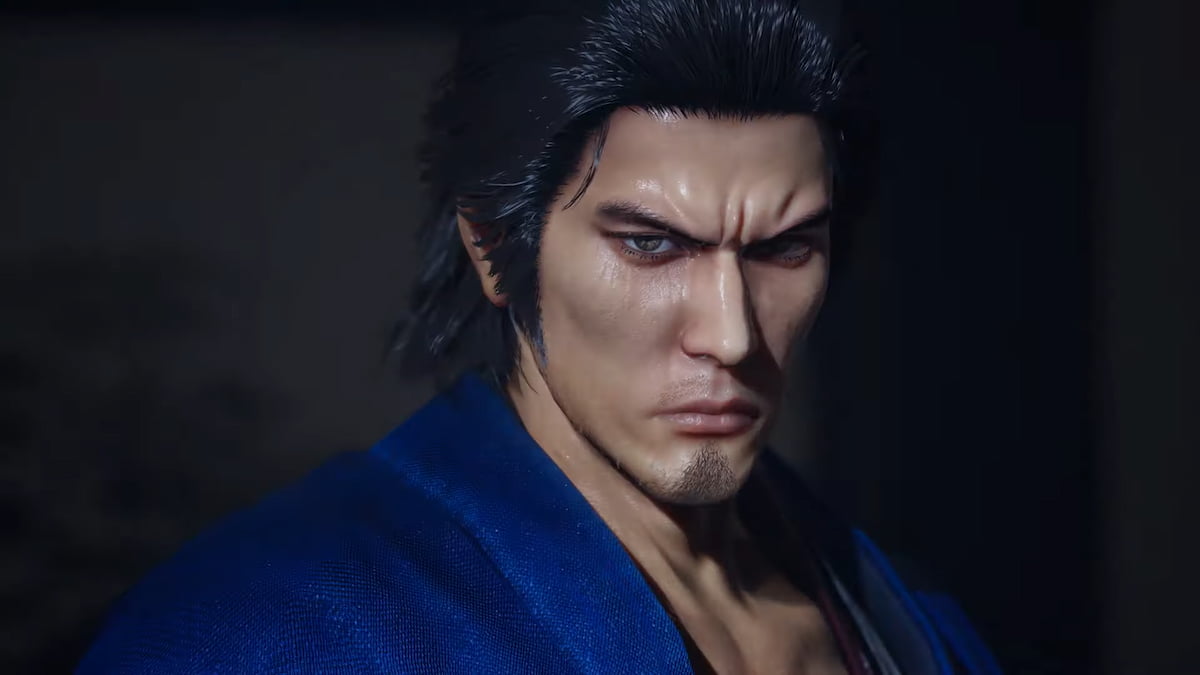
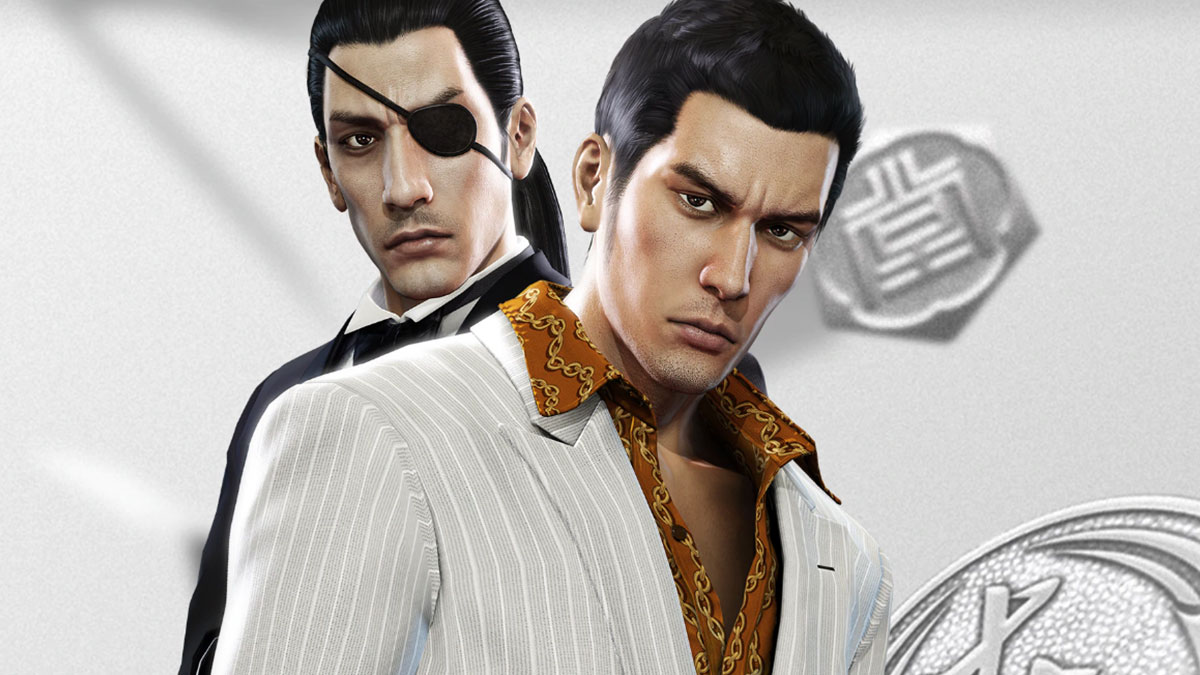
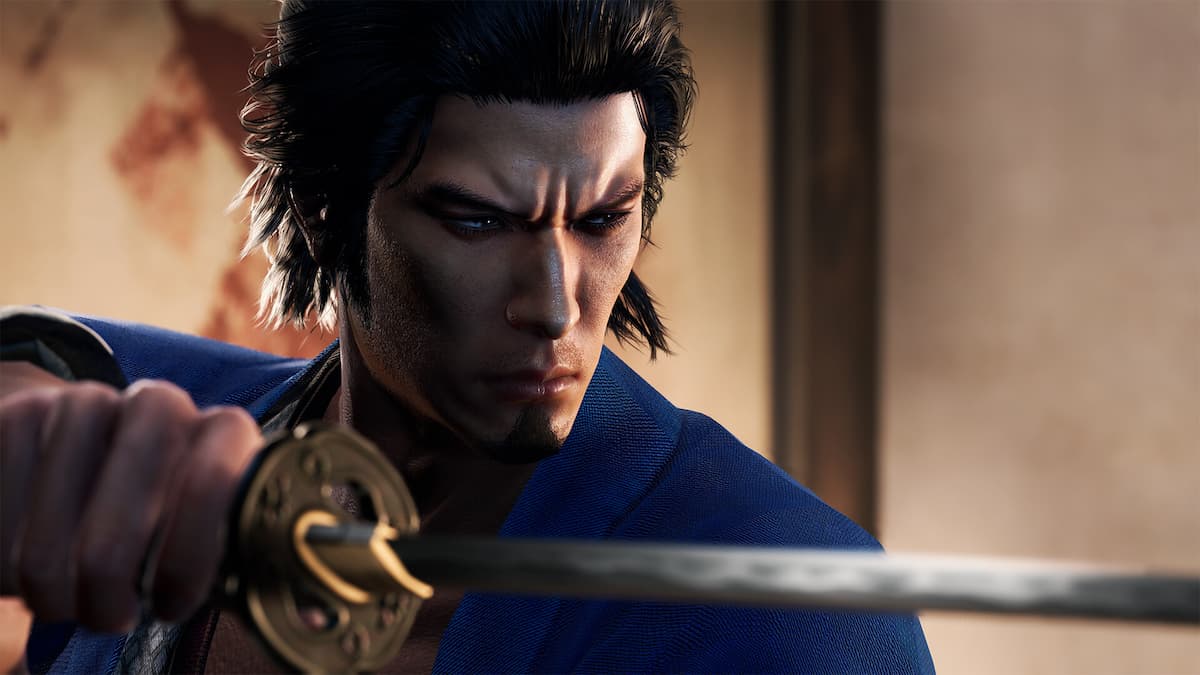
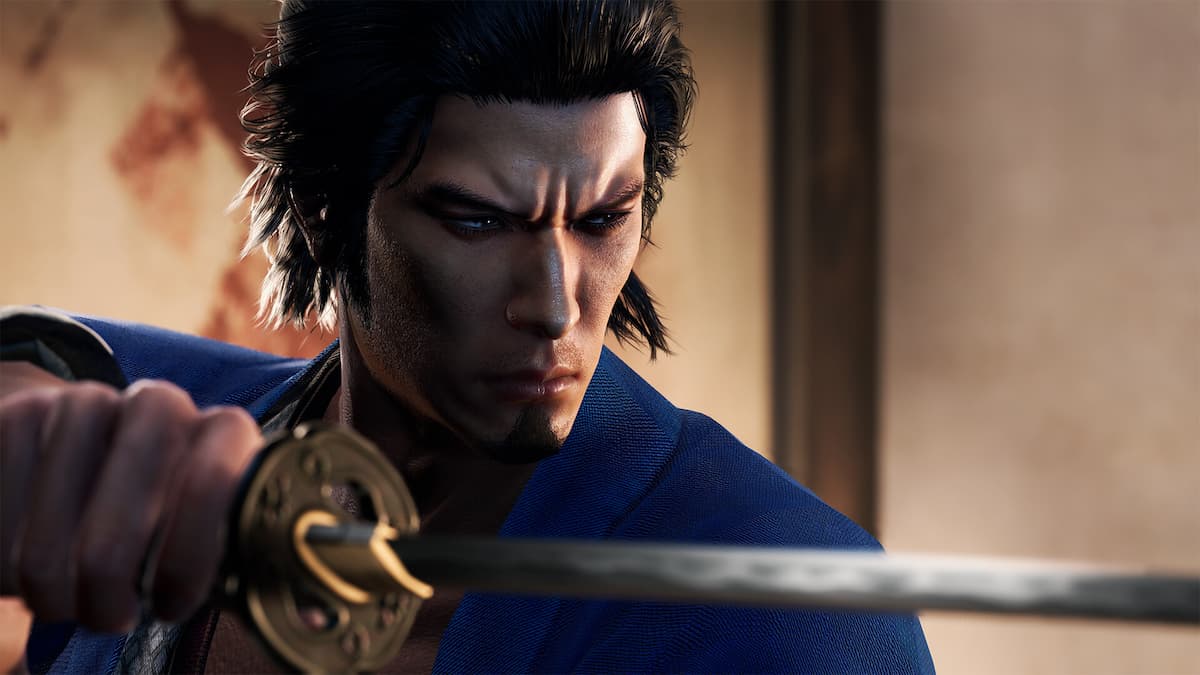
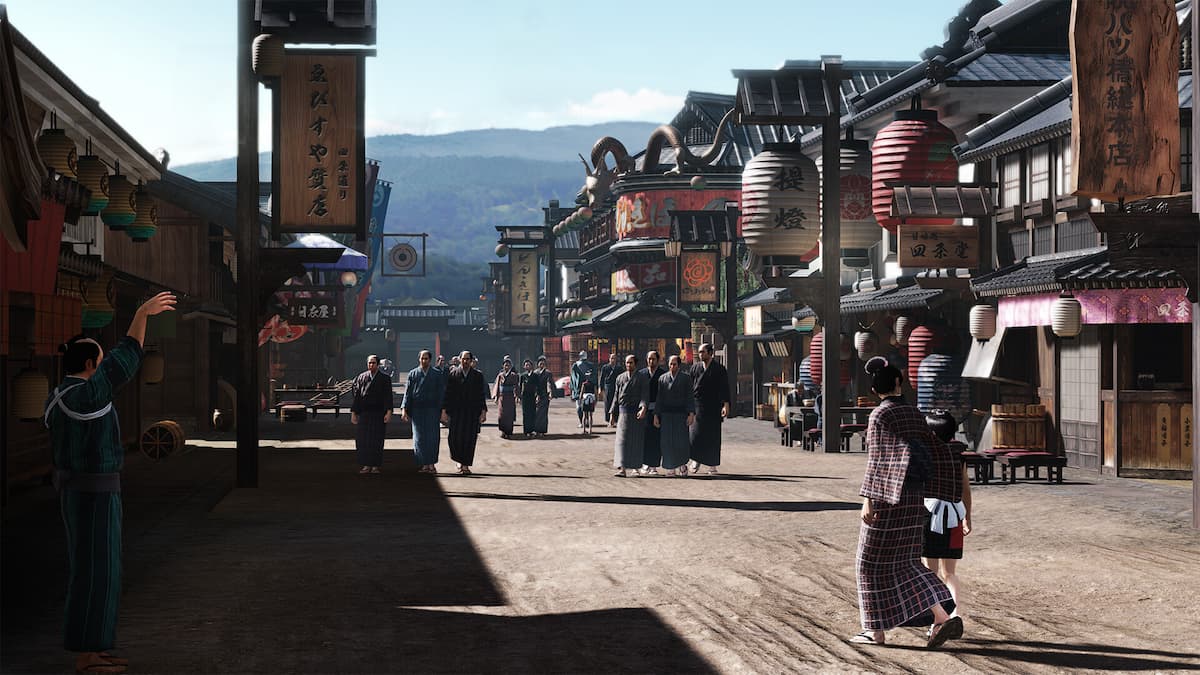
Published: Feb 17, 2023 09:00 am